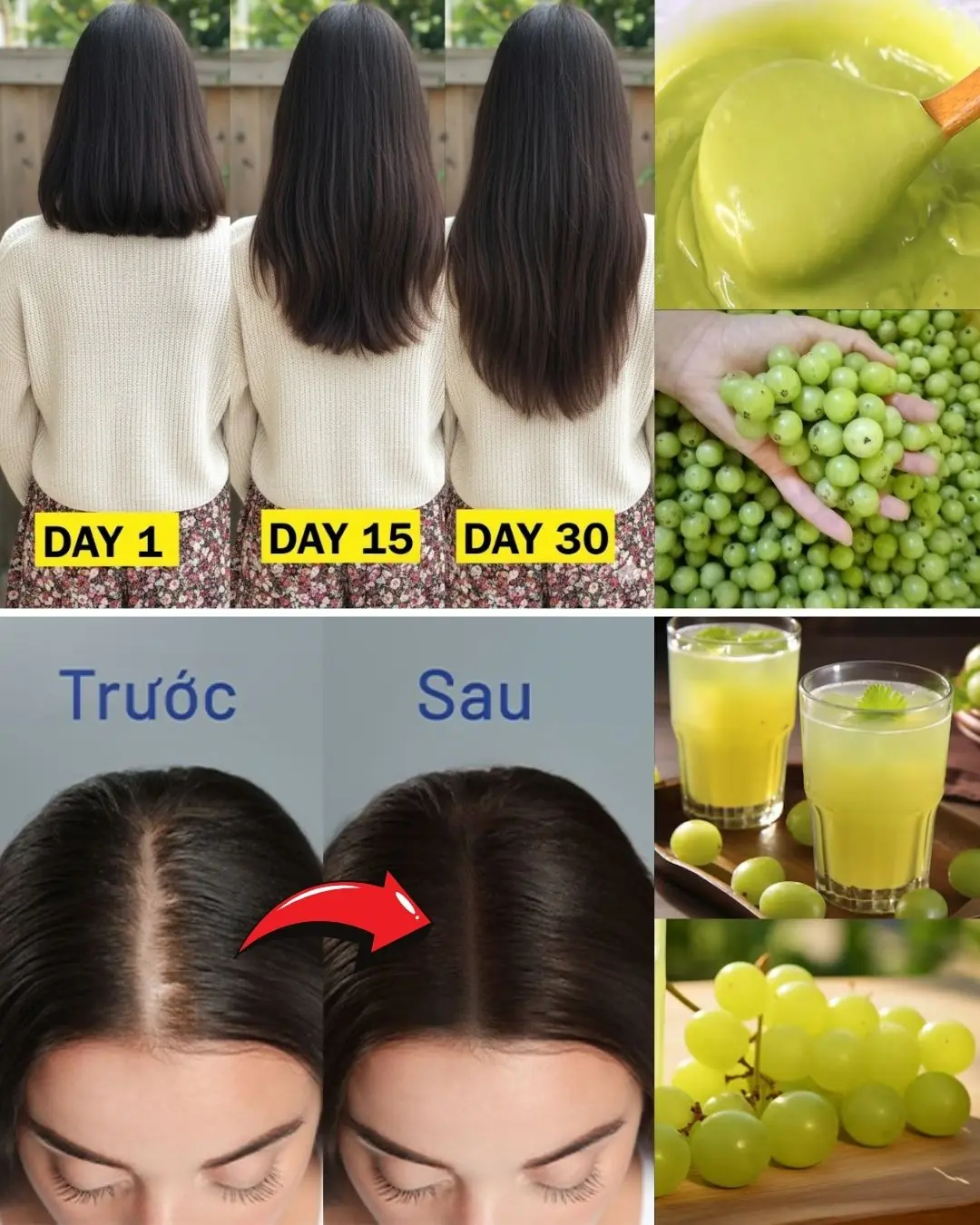
7 Key things about Crabgrass
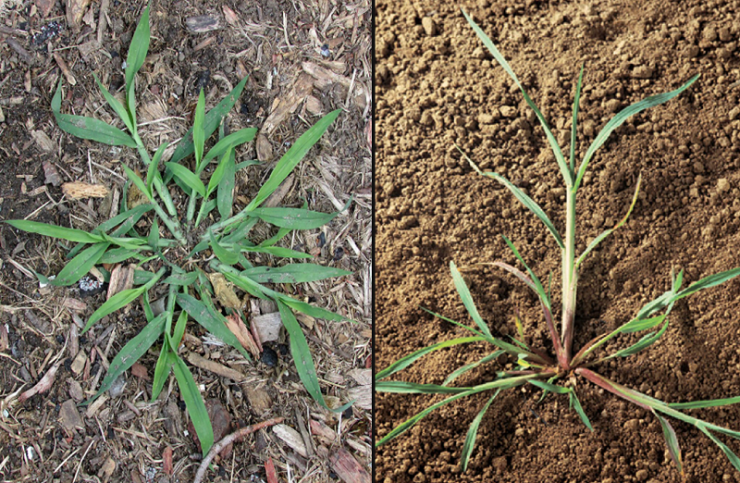
Crabgrass: The Overlooked Weed with Remarkable Health Benefits
Crabgrass (Digitaria spp.) is often dismissed as an annoying lawn invader, but few realize that this humble weed once served as both a food source and herbal medicine in several ancient cultures. From Africa to Asia, communities have relied on its grains and leaves for nourishment and healing. Though modern science has yet to explore its full potential, traditional practices and its impressive nutrient profile suggest that crabgrass may offer several surprising health benefits for the human body.
1. Rich in Essential Nutrients
Crabgrass is far more than a garden nuisance—it’s a nutrient-packed plant that can contribute significantly to a balanced diet. Its seeds and leaves are particularly rich in essential nutrients that support the body’s vital functions:
-
Protein: Contains higher protein levels than many common cereals such as rice and corn, making it a valuable supplement for those following vegetarian or plant-based diets.
-
Iron: Helps boost red blood cell production and prevents fatigue and anemia.
-
Magnesium and Calcium: Contribute to strong bones, steady muscle contraction, and healthy nerve signaling.
-
Fiber: Aids digestion, promotes fullness, and supports the gut microbiome.
In communities that have used crabgrass as a staple food, these nutrients helped maintain strength, energy, and resilience during physically demanding seasons.
2. A Natural Source of Long-Lasting Energy
Crabgrass grains share similarities with ancient superfoods like fonio and millet. They are rich in complex carbohydrates, which are digested slowly to provide a sustained release of energy throughout the day.
-
Unlike refined carbohydrates, the natural fiber in crabgrass prevents spikes in blood sugar, making it ideal for people managing energy levels and metabolism.
-
Historically, farmers and laborers in rural areas of Africa and Asia consumed crabgrass porridge or flatbread to maintain stamina and endurance during long hours of work.
This makes it a potential healthy alternative to modern processed grains, offering both energy and nutrition.
3. Supports Digestive Health
Crabgrass is a natural digestive booster, primarily due to its high fiber content.
-
Promotes regular bowel movements and prevents constipation.
-
Encourages the growth of good gut bacteria, supporting overall digestive balance.
-
In folk medicine, crabgrass tea was often brewed as a gentle herbal laxative, easing bloating, gas, and mild digestive discomfort.
These properties make crabgrass particularly beneficial for people who experience sluggish digestion or irregularity in their diet.
4. Potential Anti-Inflammatory and Healing Properties
Traditional healers have long believed that crabgrass leaves contain anti-inflammatory compounds that help reduce pain and swelling. When crushed and applied directly to the skin, the leaves are said to soothe sore muscles, bruises, and minor wounds.
When brewed as tea, the plant may also help relieve internal inflammation—such as mild joint pain or digestive irritation. Though modern clinical data is limited, this traditional use highlights its potential role as a natural anti-inflammatory herb.
5. A Gluten-Free Grain Alternative
For individuals with gluten sensitivity or celiac disease, crabgrass is a naturally gluten-free grain substitute. Its seeds can be dried, ground into fine flour, and used to make bread, pancakes, or porridge—much like millet or sorghum.
Because it’s rich in complex carbohydrates and plant protein, crabgrass flour offers a nourishing, allergen-free option that’s easy to digest and versatile in both traditional and modern recipes.
6. May Support Heart Health
The combination of fiber, magnesium, and antioxidants in crabgrass could contribute to better cardiovascular function. These nutrients help:
-
Lower LDL (bad cholesterol) and maintain balanced cholesterol levels.
-
Regulate blood pressure, reducing strain on the heart.
-
Support healthy blood circulation, keeping arteries flexible and strong.
Incorporating natural grains like crabgrass into the diet can help promote heart-friendly eating habits, especially for those seeking to move away from refined and processed foods.
7. Traditional Medicinal Uses Around the World
In traditional herbal practices, crabgrass was used as a multi-purpose healing plant. Some common folk applications include:
-
Urinary health: Crabgrass tea was believed to have mild diuretic properties, helping to flush out toxins and cleanse the urinary tract.
-
Wound care: Crushed leaves were applied to small cuts, burns, and bruises to encourage healing.
-
Respiratory relief: Some herbal traditions used warm crabgrass infusions to ease coughs, sore throats, and mild respiratory congestion.
Though these remedies remain largely anecdotal, they reflect the plant’s cultural significance and holistic potential.
A Forgotten Supergrass Rediscovered
While crabgrass continues to be viewed by many as a troublesome weed, its rich history as both food and medicine tells a different story. If harvested responsibly from clean, chemical-free environments, crabgrass may serve as a nutritious, sustainable, and gluten-free addition to the modern diet.
More scientific research is needed to confirm its traditional benefits, but early evidence and ancestral knowledge suggest that this humble weed could play a meaningful role in future natural health and nutrition movements.
Crabgrass reminds us that sometimes, the most powerful sources of wellness are hiding right beneath our feet.
News in the same category

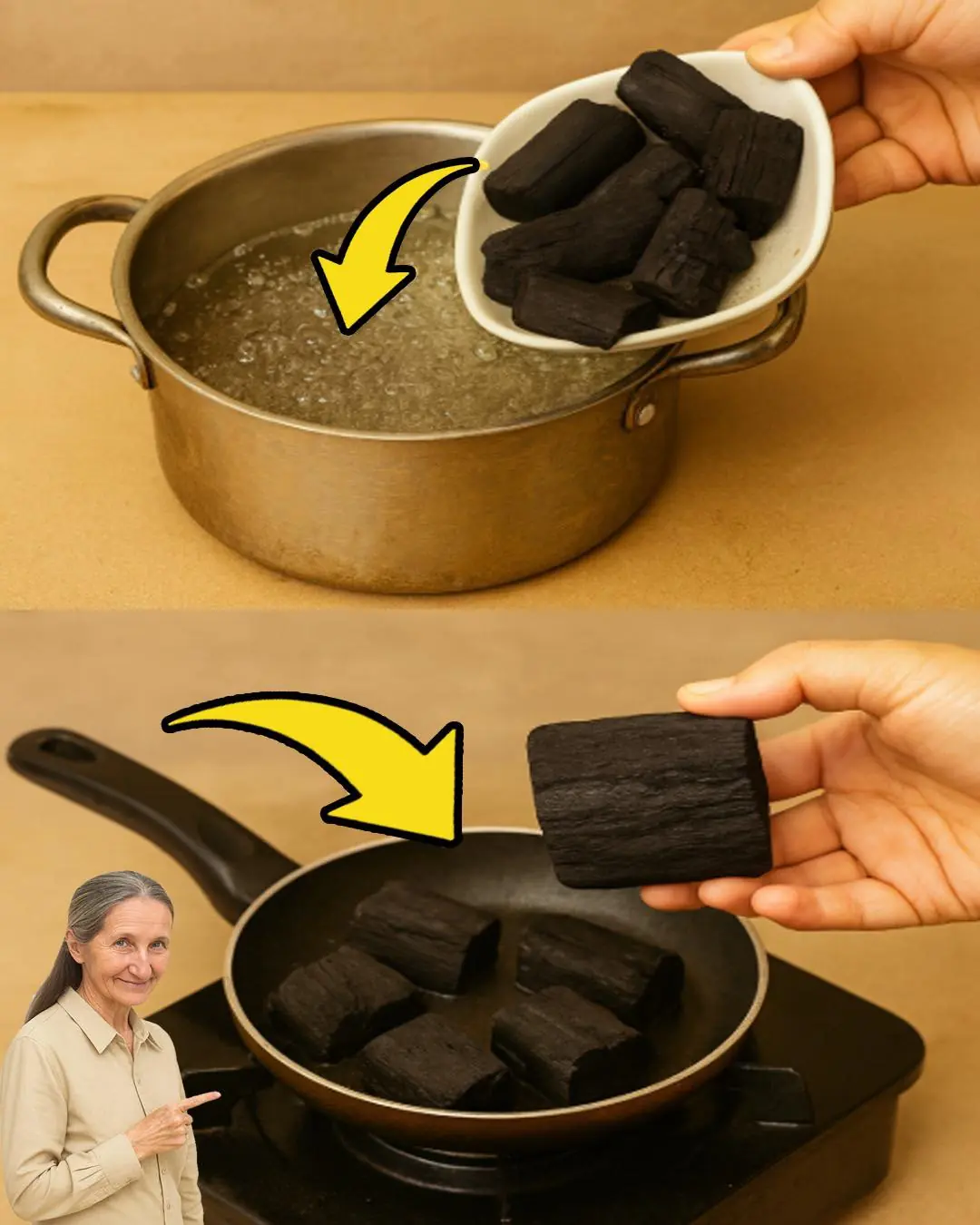
DIY Survival Water Filter – How to Make Clean Drinking Water Anywhere
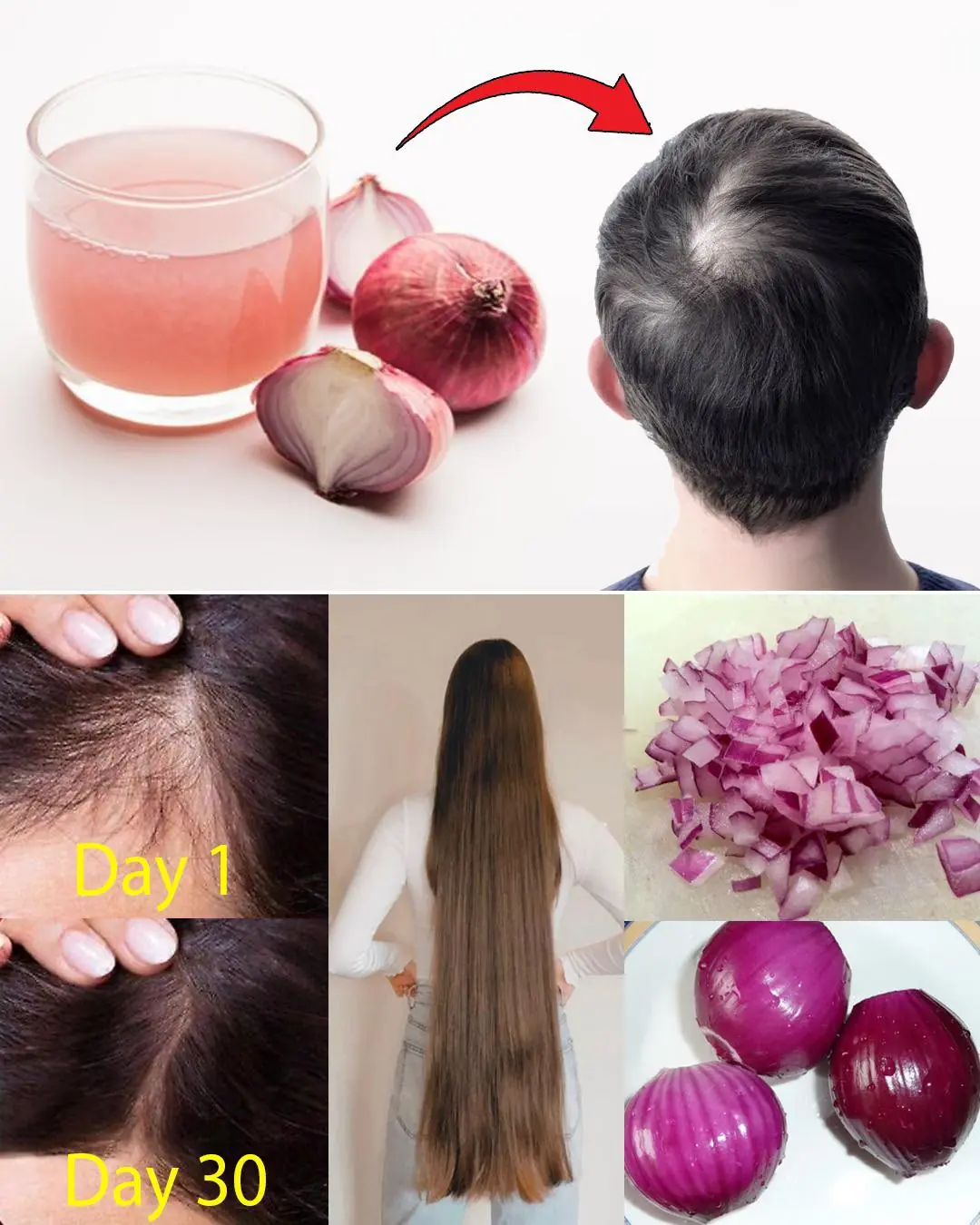
Red Onion for Hair Growth: How This Overlooked Natural Remedy Can Stop Hair Fall and Boost Thickness Fast
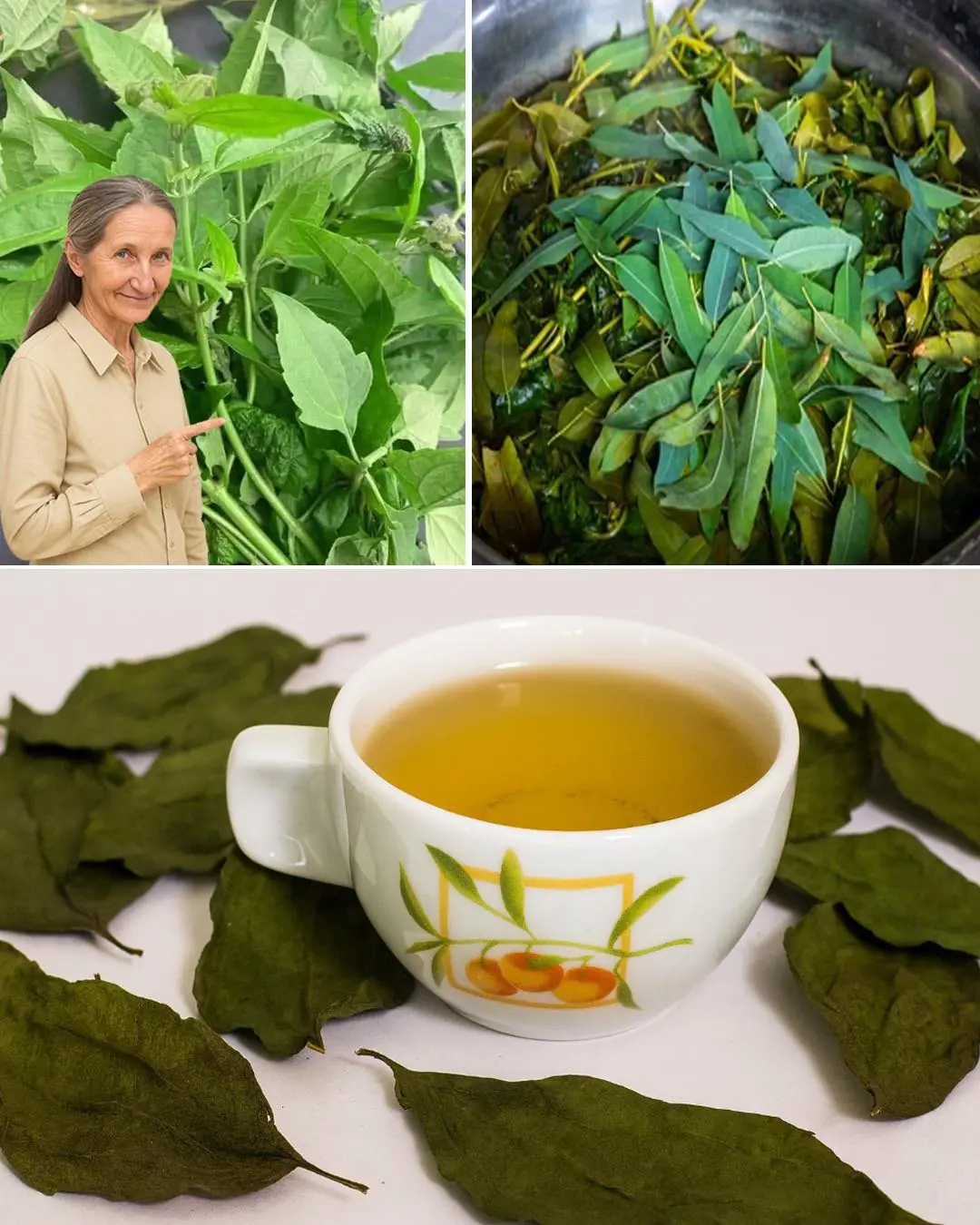
Siam Weed: A powerful remedy for multiple ailments
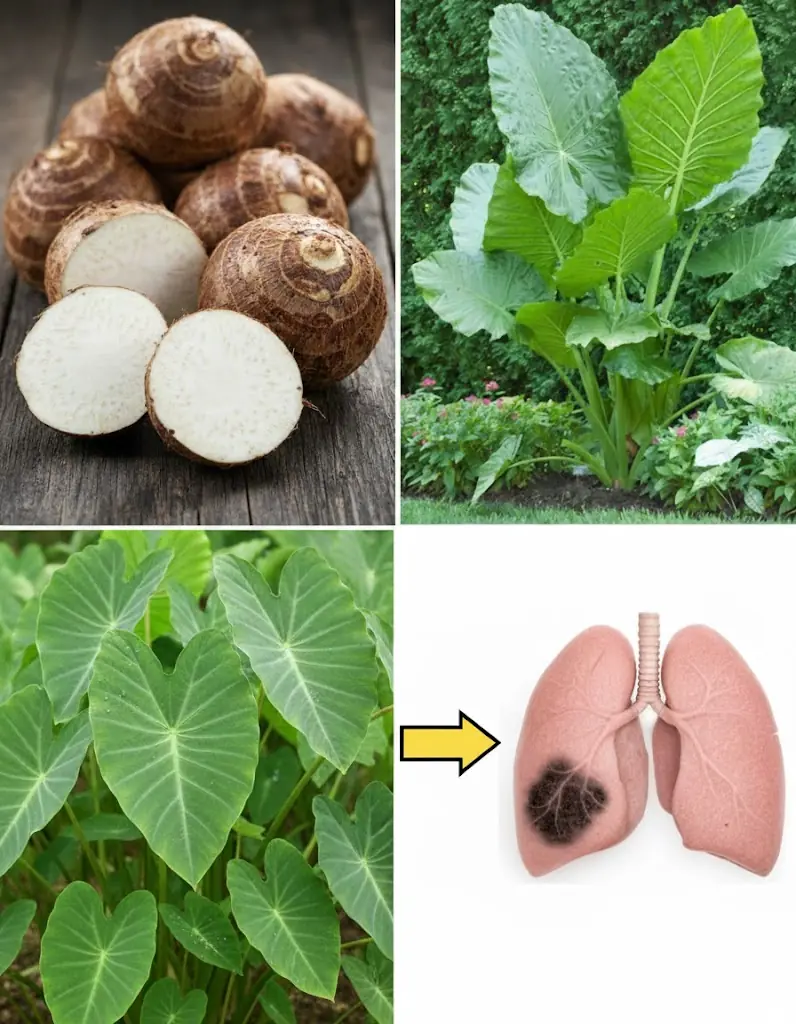
Benefits and Uses of Taro (Colocasia esculenta)
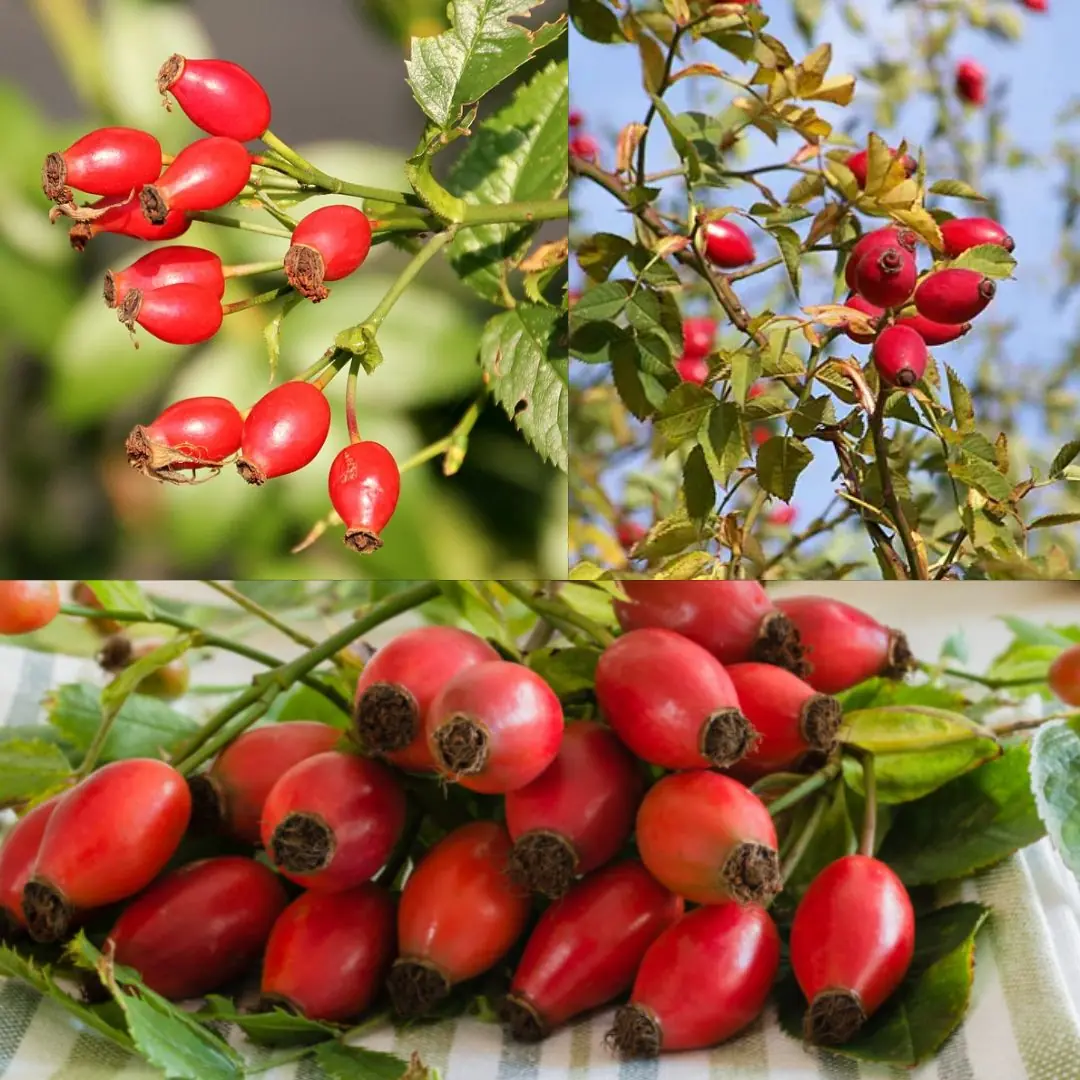
The Hidden Power of Rose Hips: Nature’s Overlooked Treasure Growing in Your Backyard
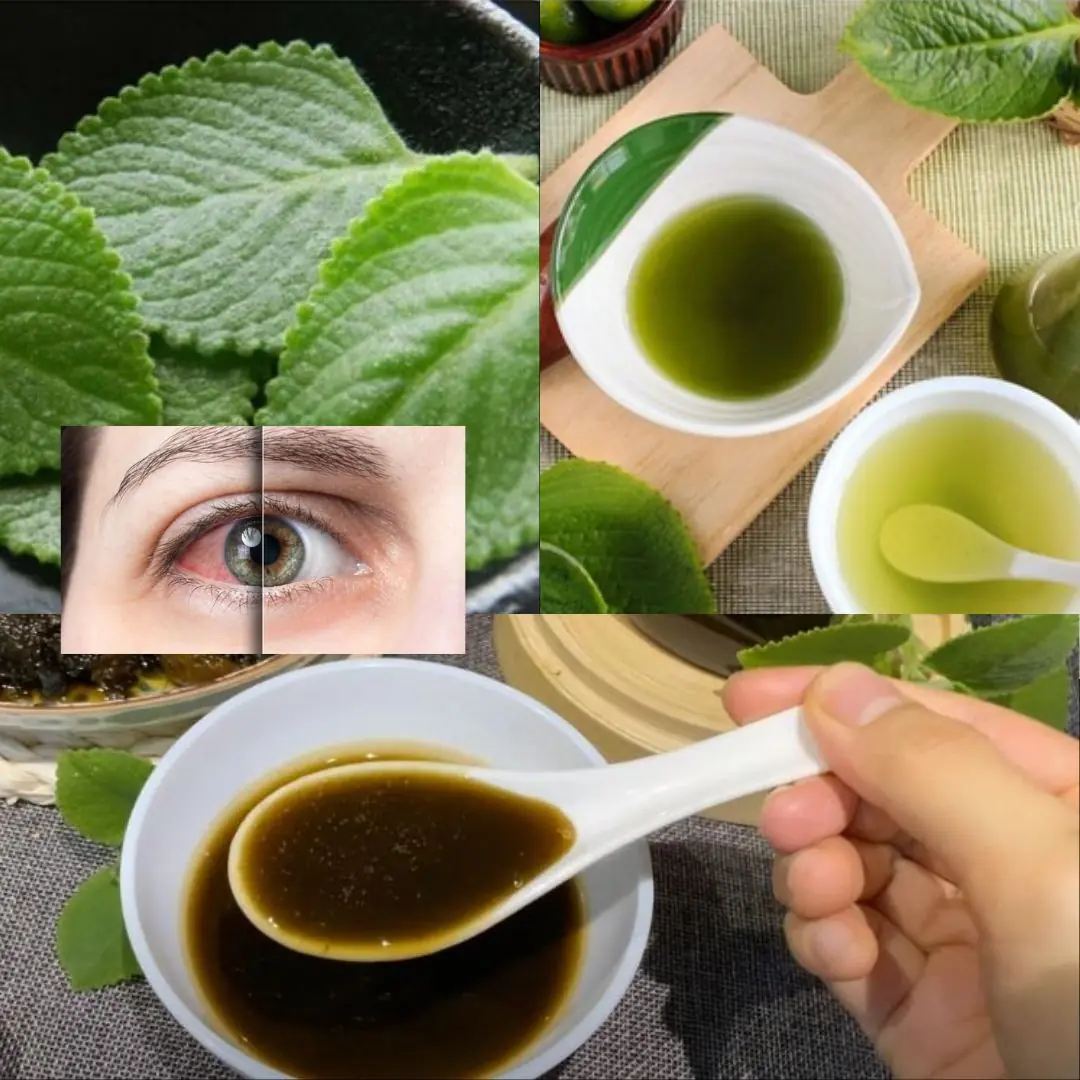
Oregano: The Golden Herb for Eye Health
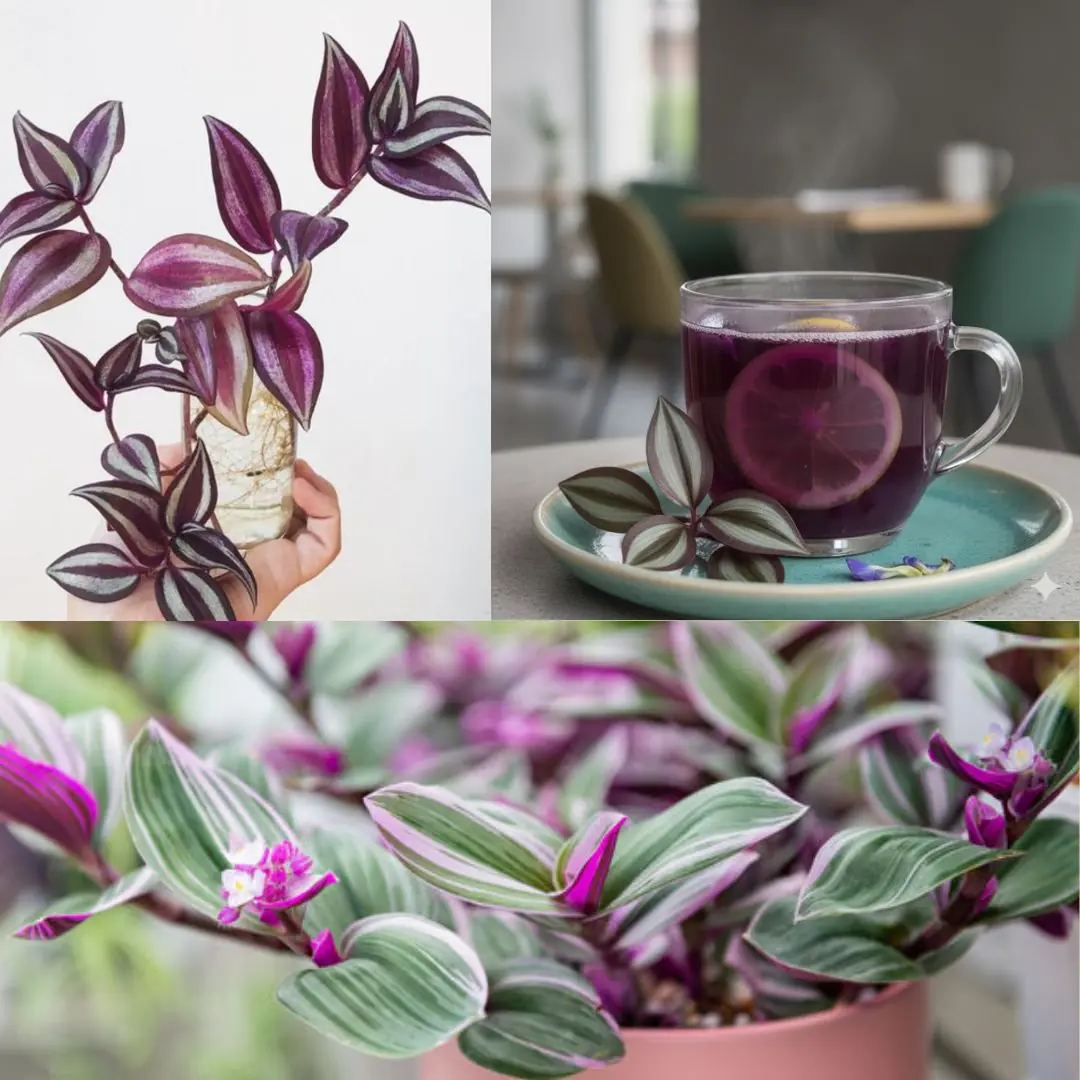
Tradescantia zebrina: The Colorful Healer Hidden in Plain Sight
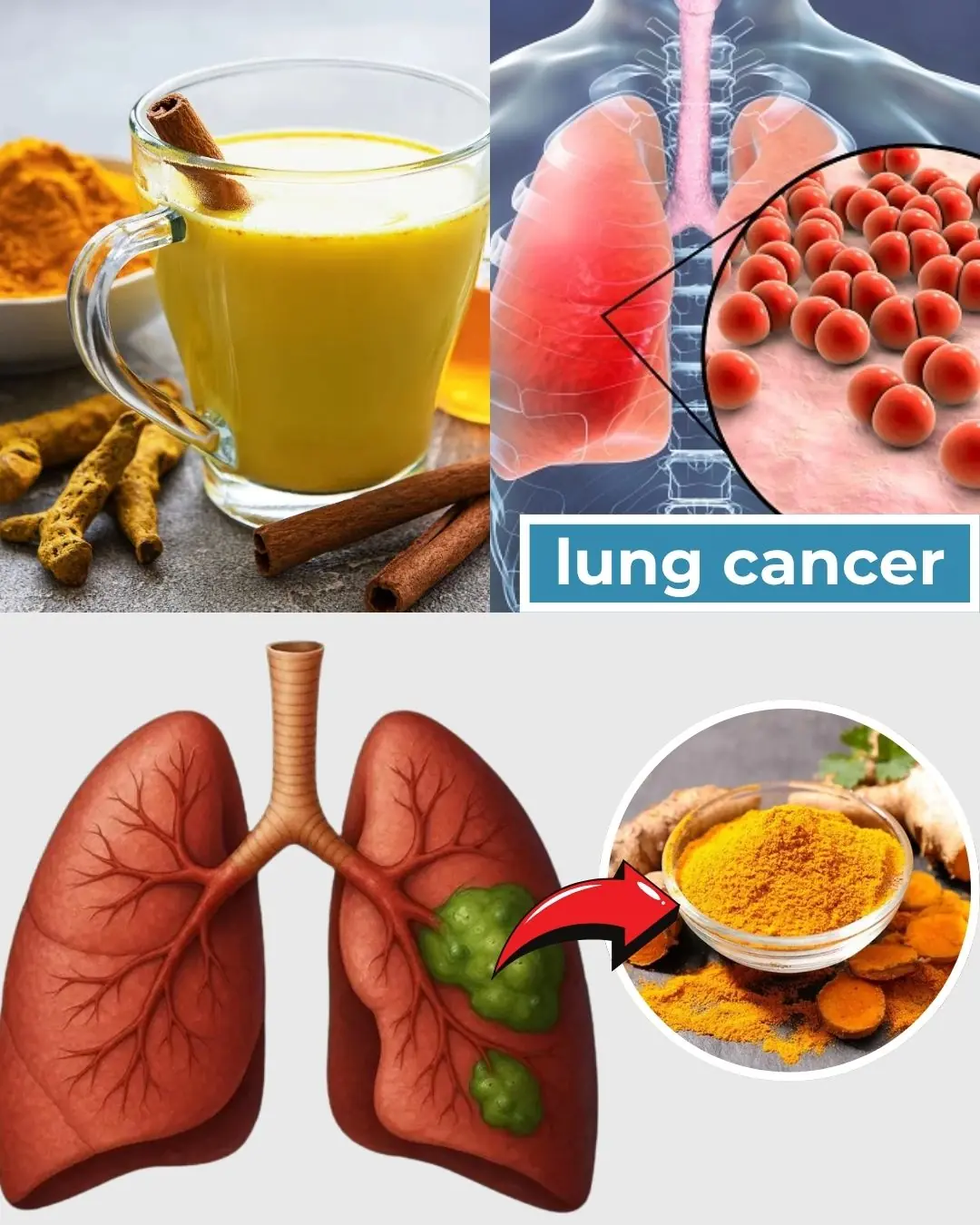
Only 2% Know This Ancient Spice Can Clean Lung Mucus Overnight 💥
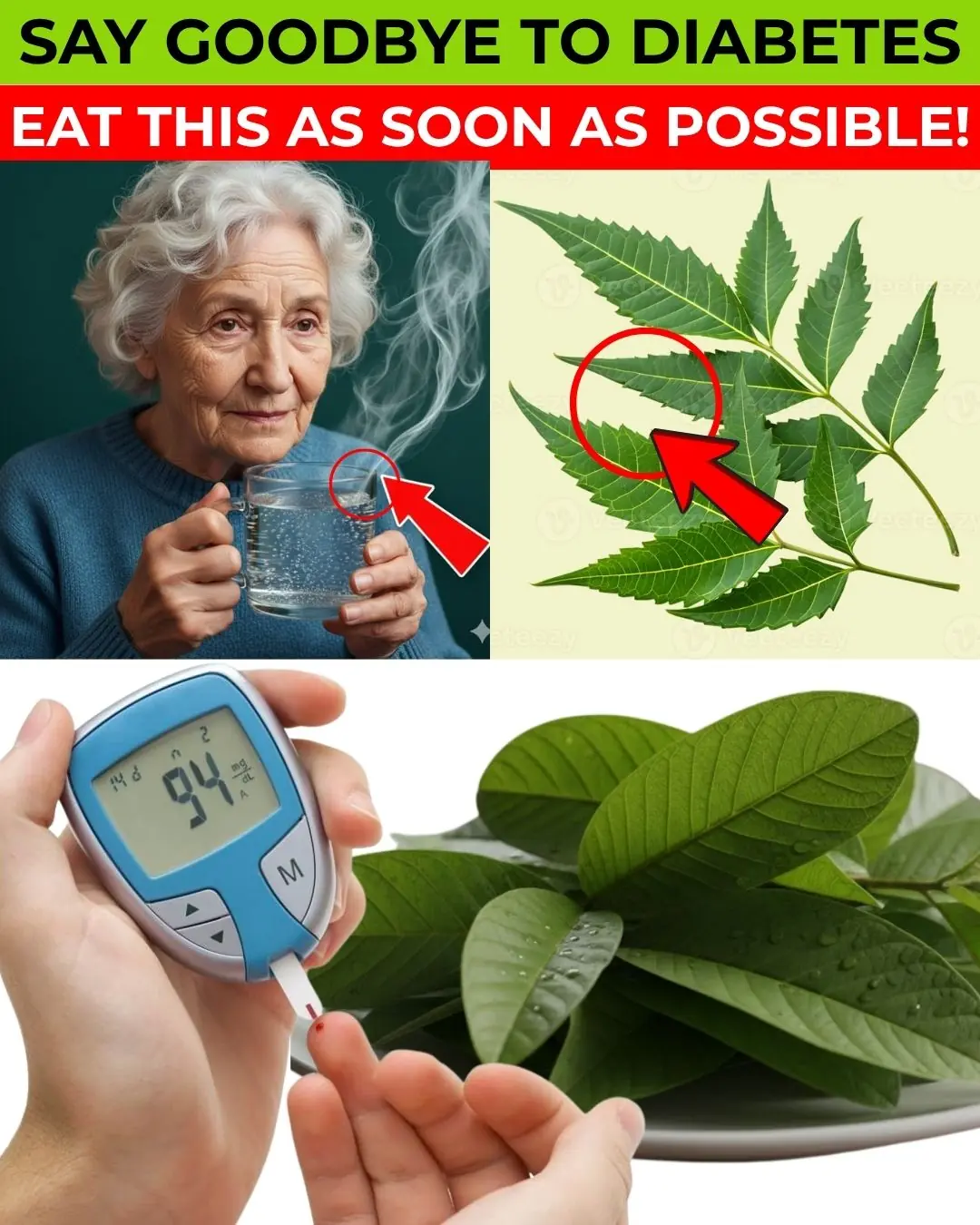
🌿 SENIORS: This 1 Leaf DESTROYS Diabetes & Melts Belly Fat (Doctors HATE It!) | Barbara O’Neill
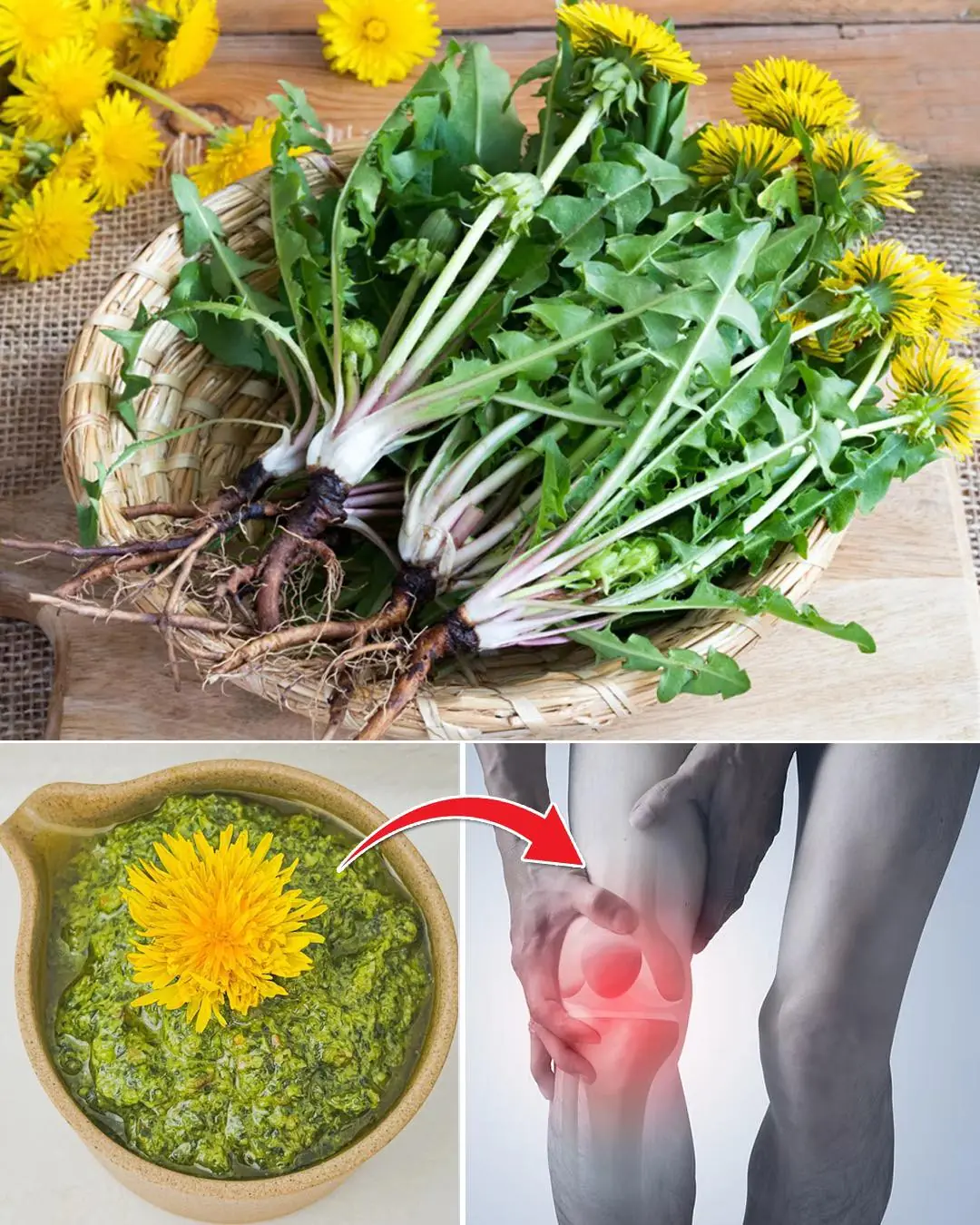
10 incredible ways to use dandelion
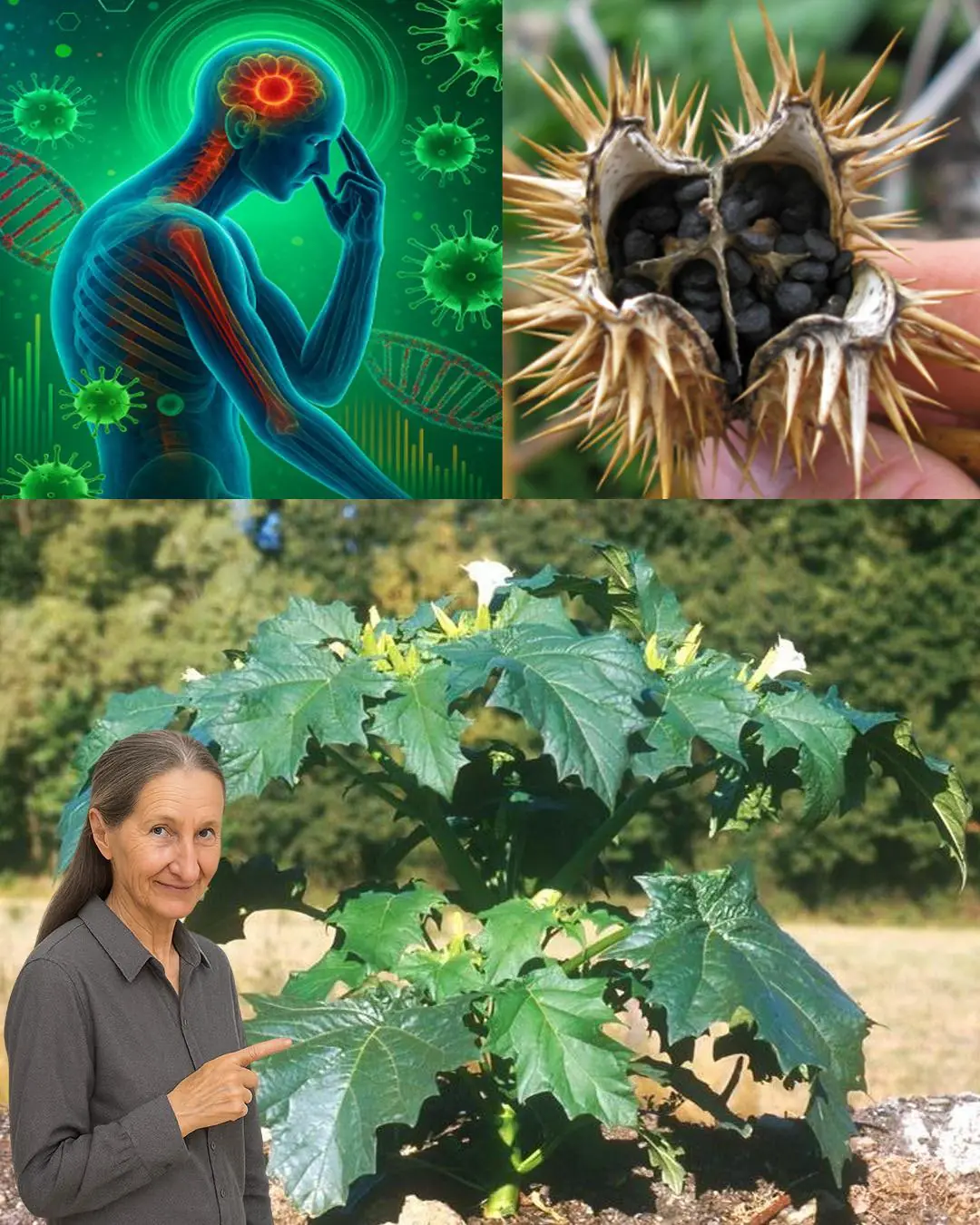
Datura Stramonium: The Enigmatic Thorn Apple Plant
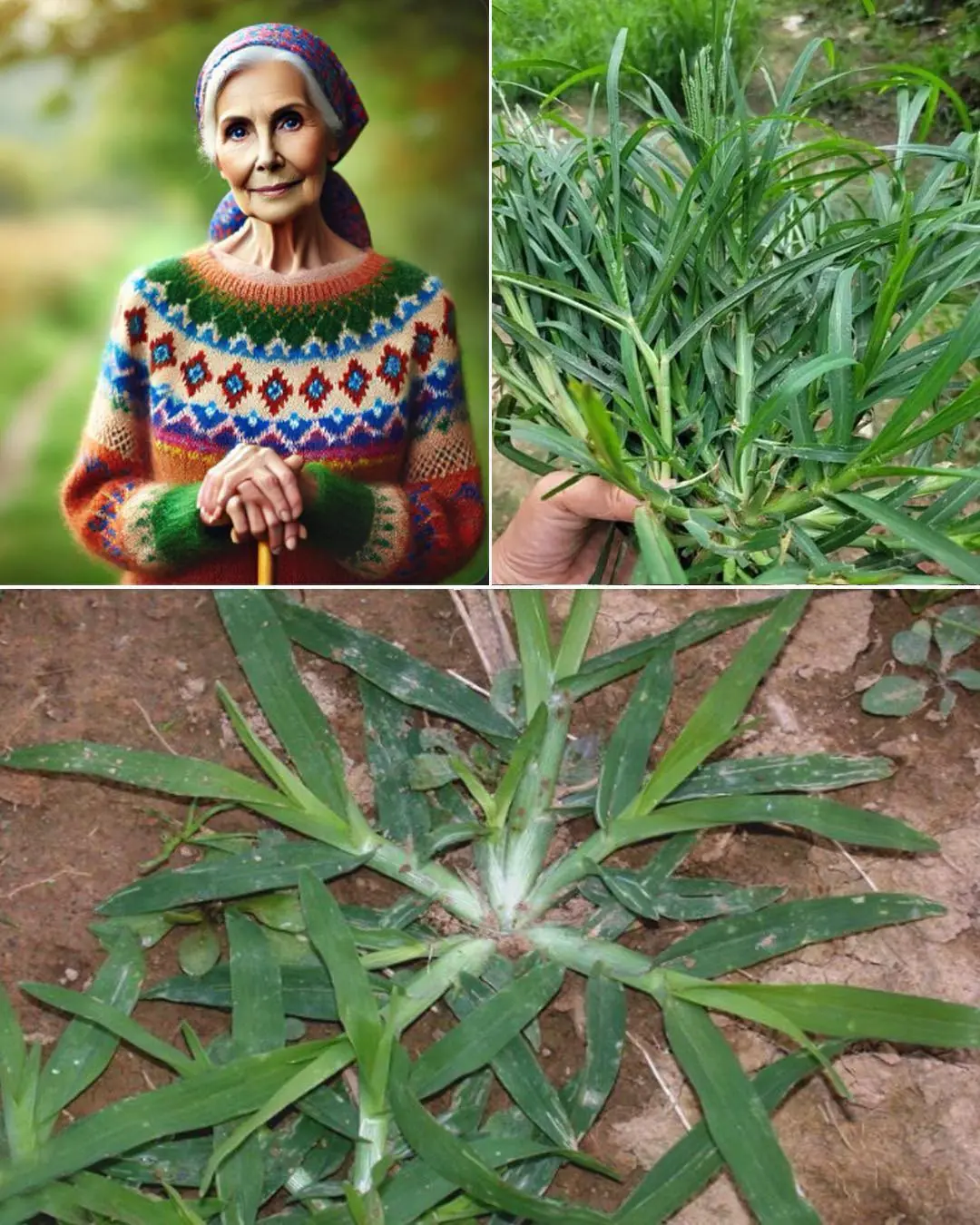
Goosegrass: Health Benefits and Uses
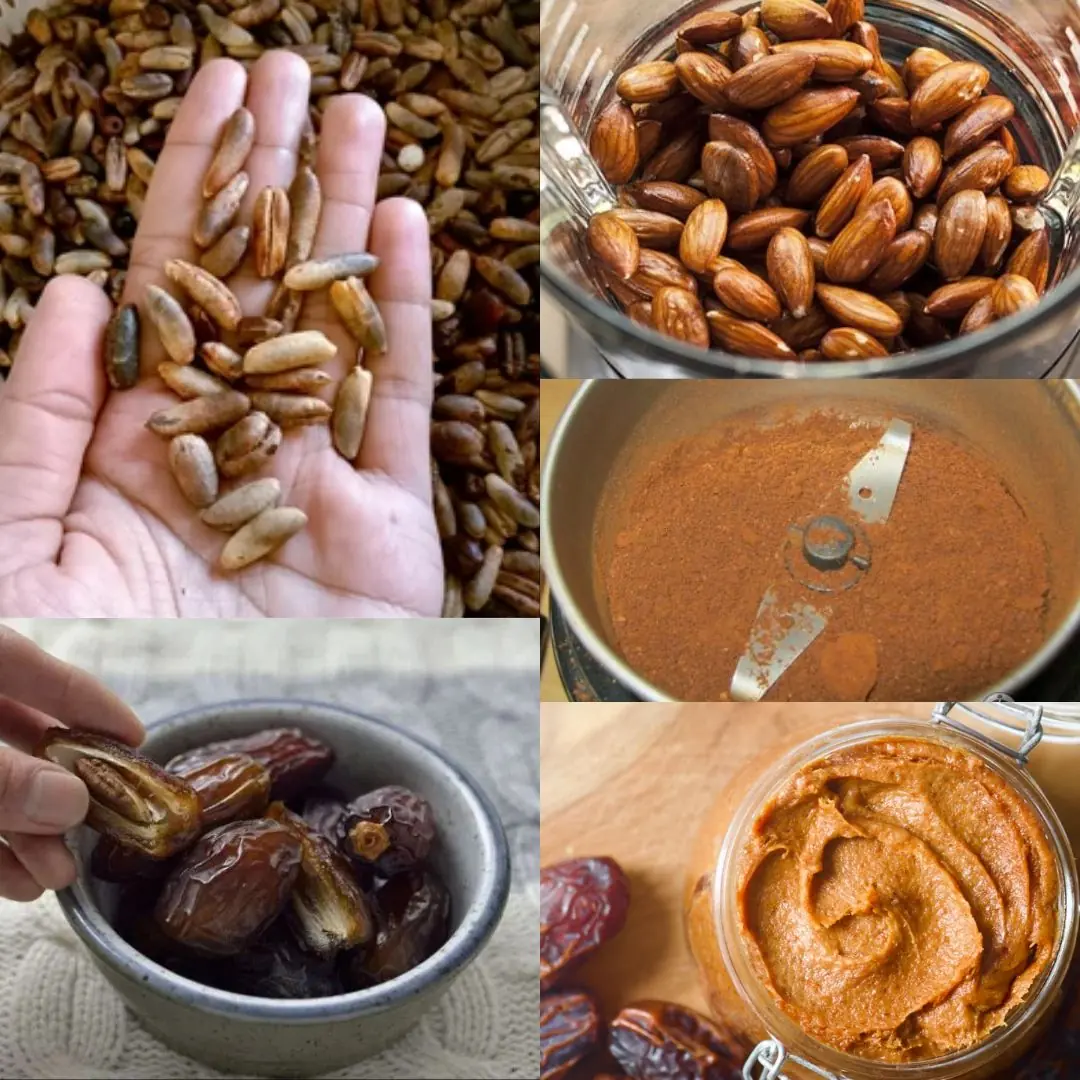
Don’t Throw Away Date Seeds – Here’s Why They’re So Powerful
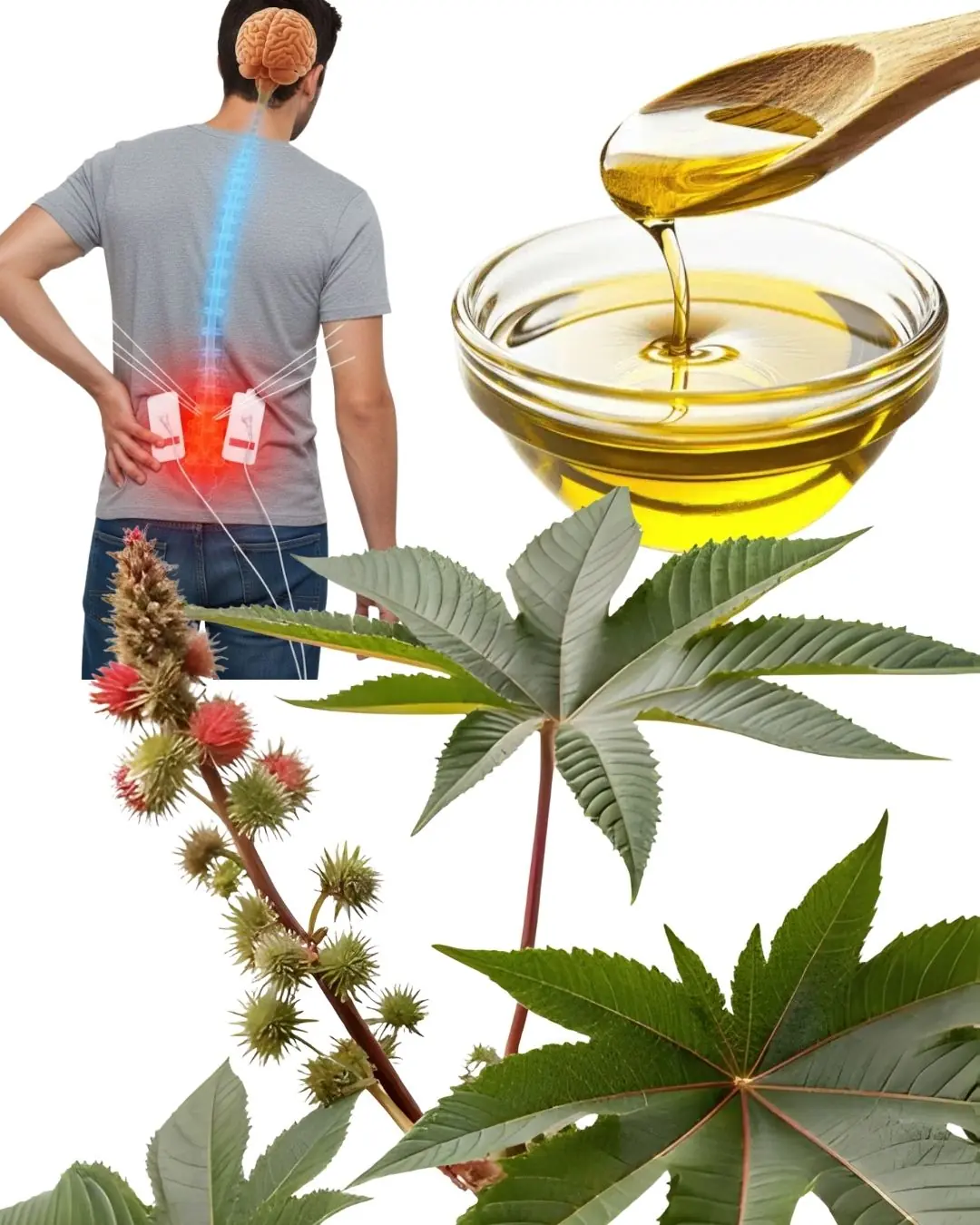
🌿 Discover the Hidden Gold in Your Garden: The Amazing Power of Castor Leaves
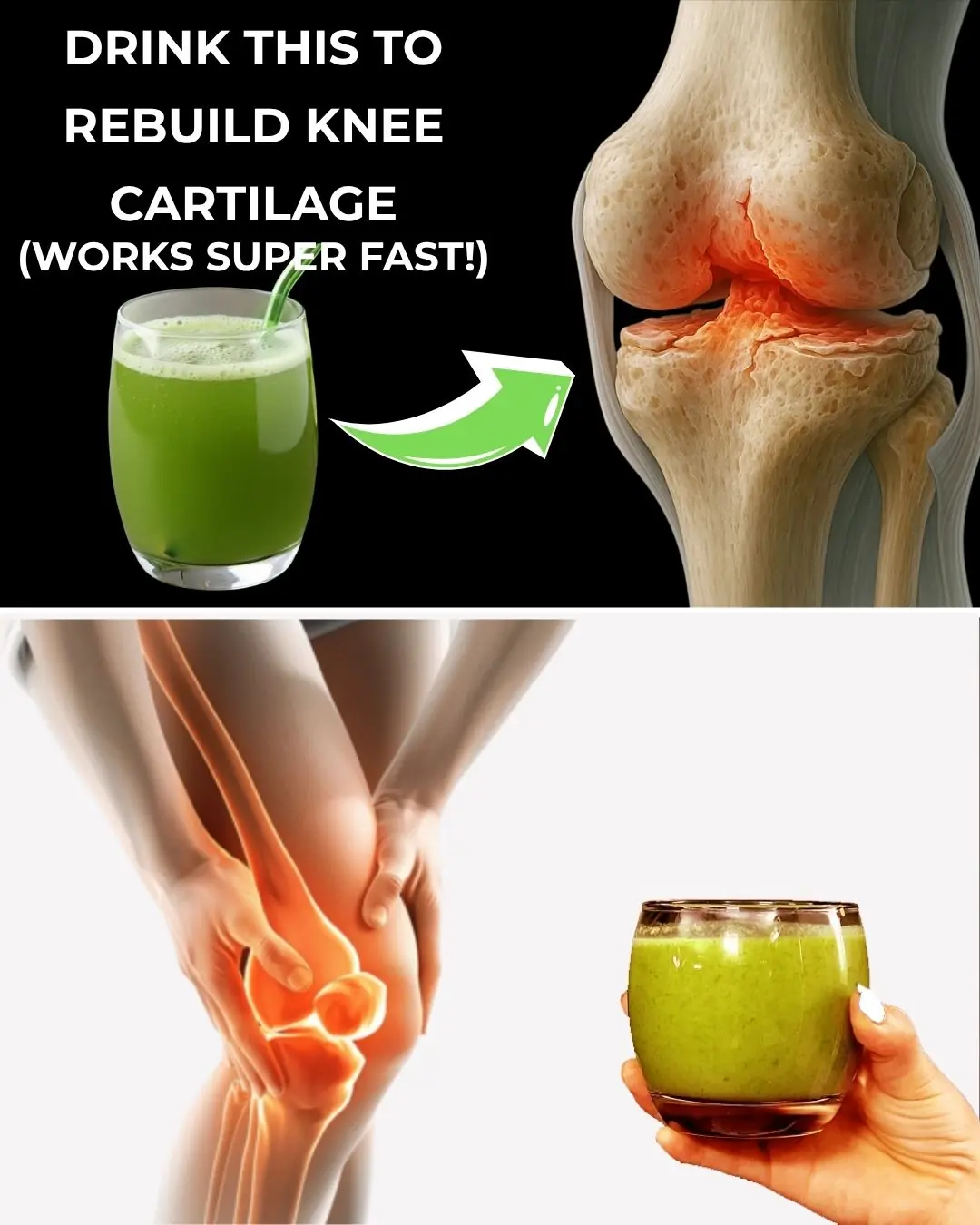
Discover the miracle drink that helps seniors rebuild knee cartilage quickly
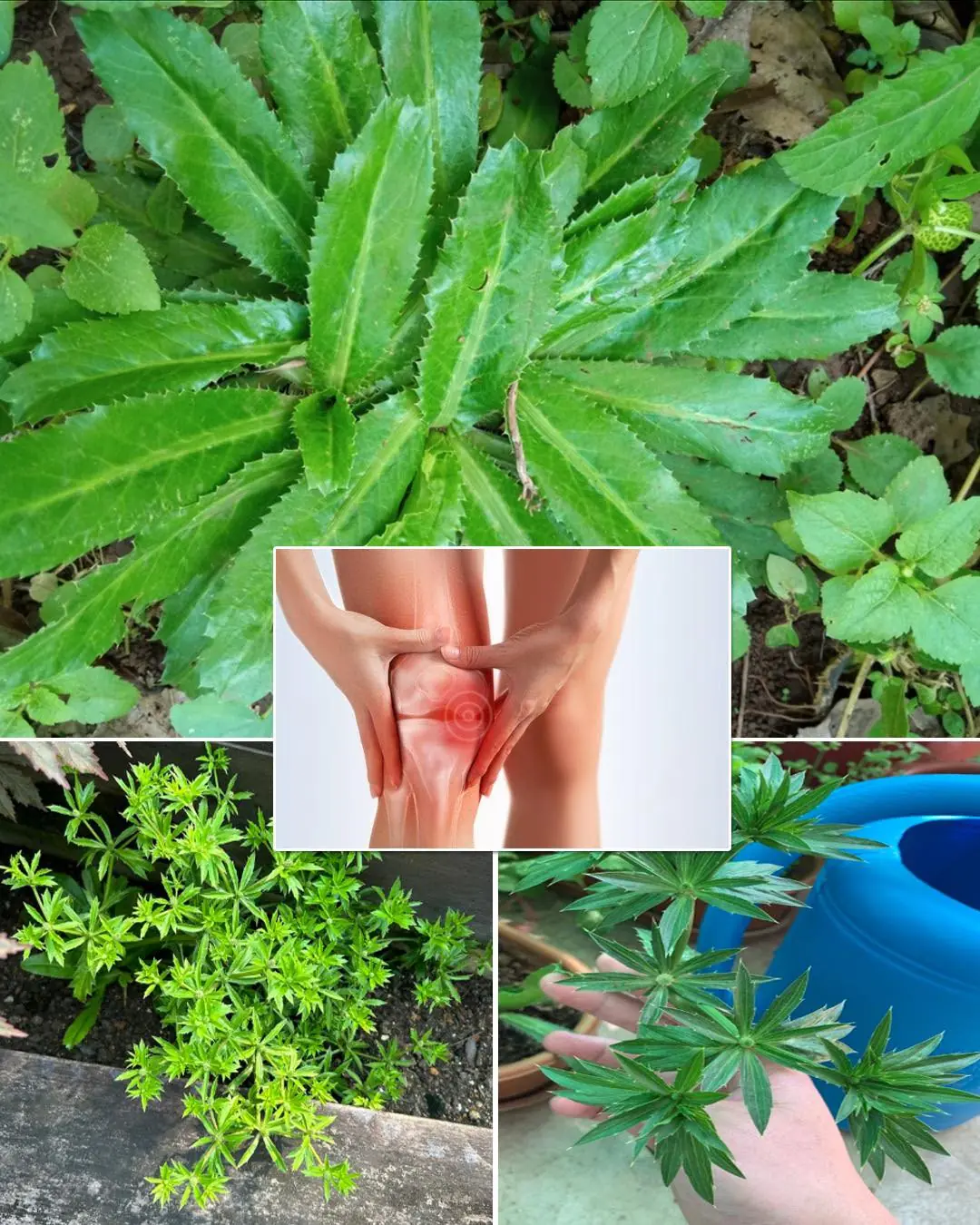
Culantro Herb Benefits and Uses: The Powerful Healing Plant You Should Try
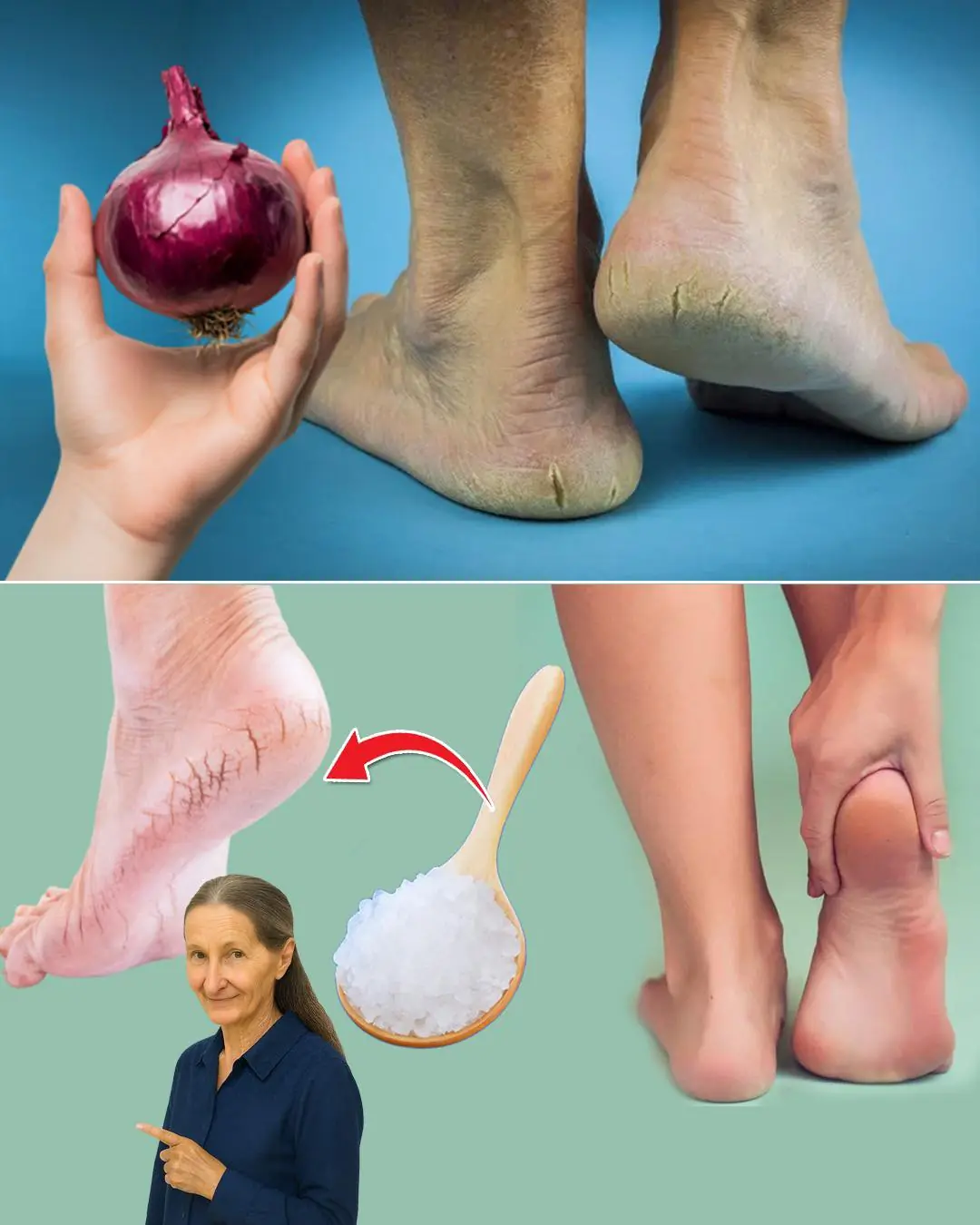
5 Natural Remedies for Cracked Heels: Red Onion, Sea Salt & More
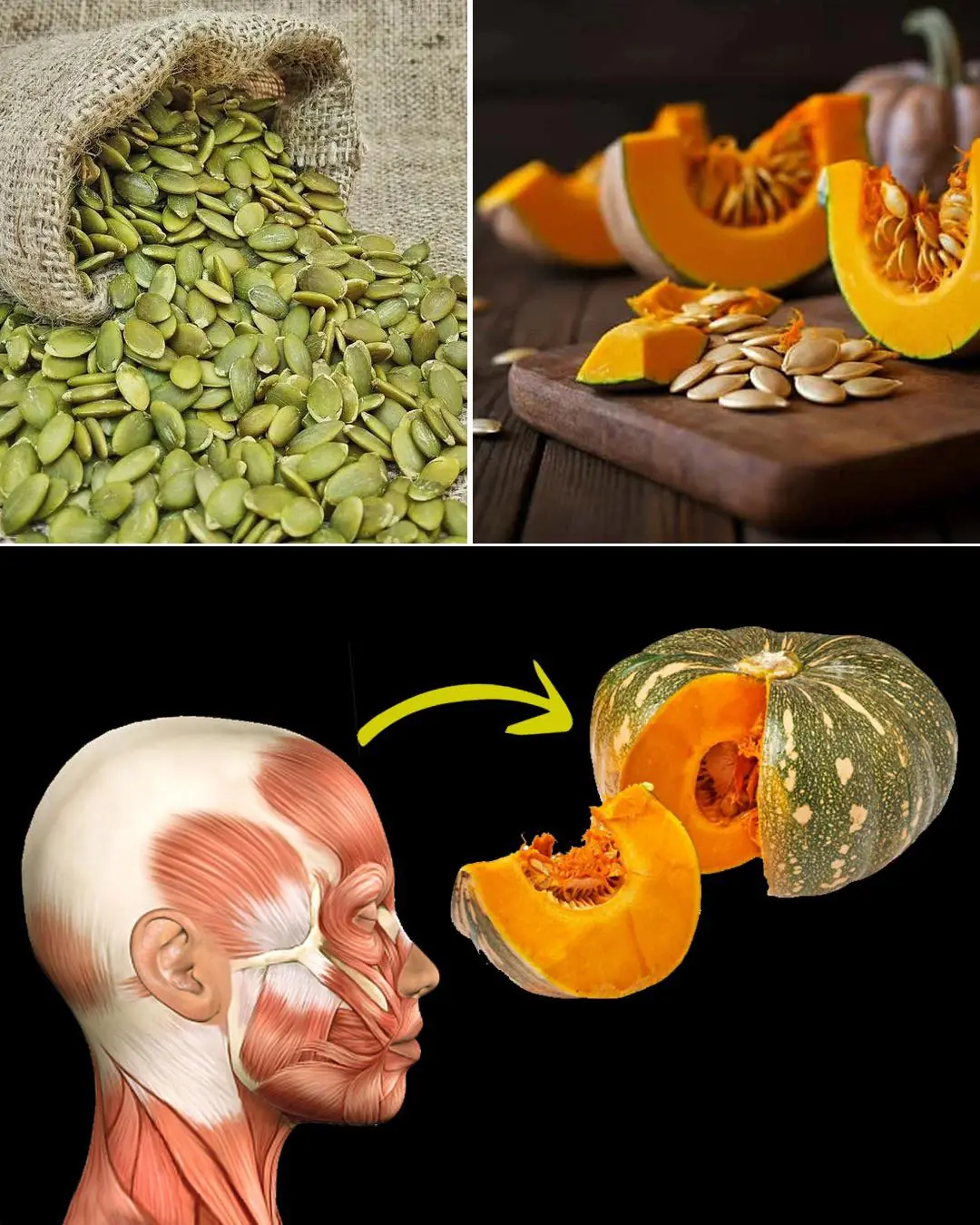
Pumpkin Health Benefits: The Forgotten Superfood You Need Daily
News Post

Little Ruby and the Soldiers Who Could No Longer See.

The Women Who Rode Through the Depression Carrying Hope in Saddlebags.
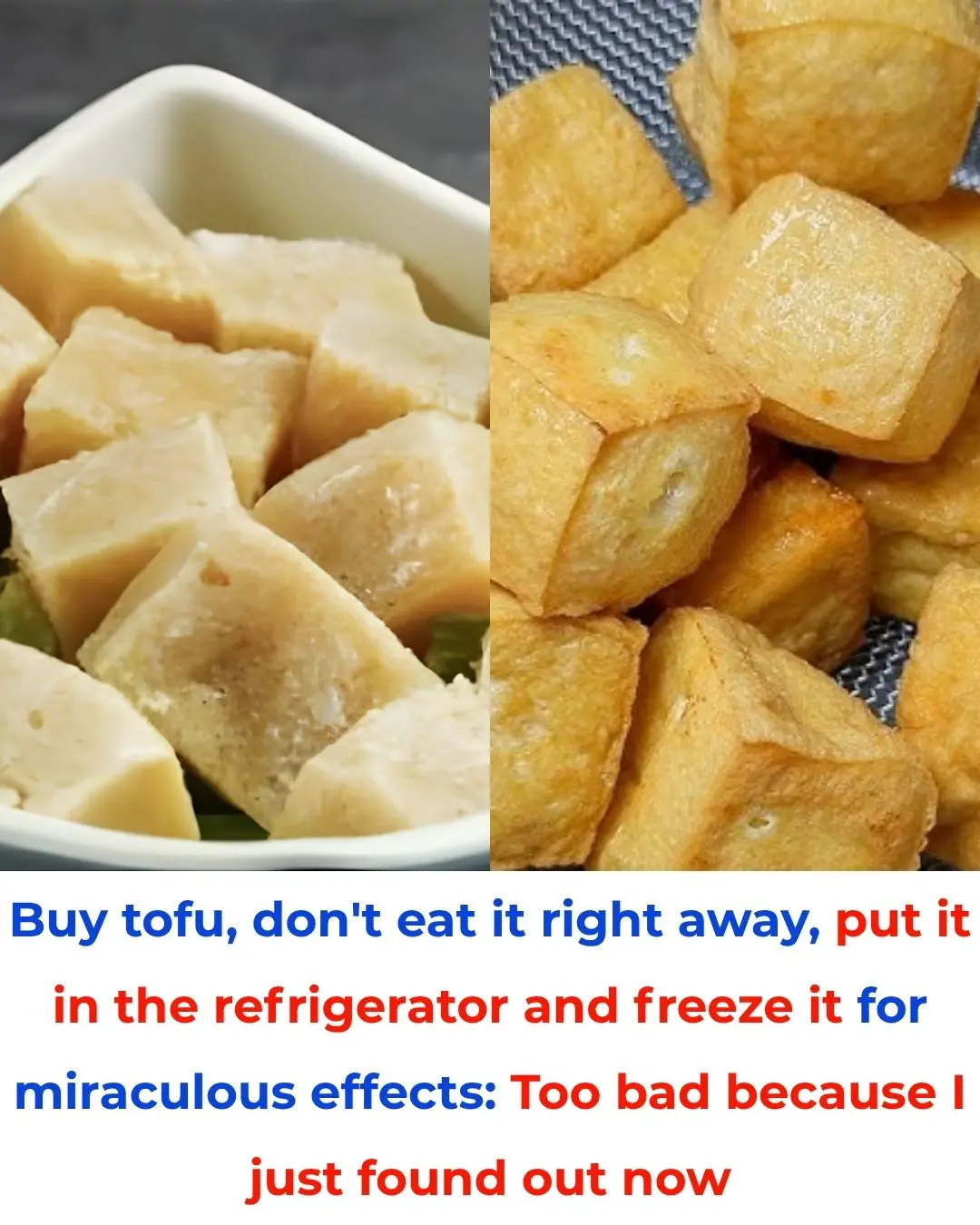
Don’t Eat Tofu Right Away After Buying — Freeze It for a Magical Effect: Wish I Knew This Sooner!

Add This One Ingredient to Your Coffee: Say Goodbye to Yellow Teeth and Bad Breath

The Informant Who Burned the Truth: One Man’s Confession from Inside the FBI’s War on Black America.

6 Signs You’re in the “Roommate Phase”
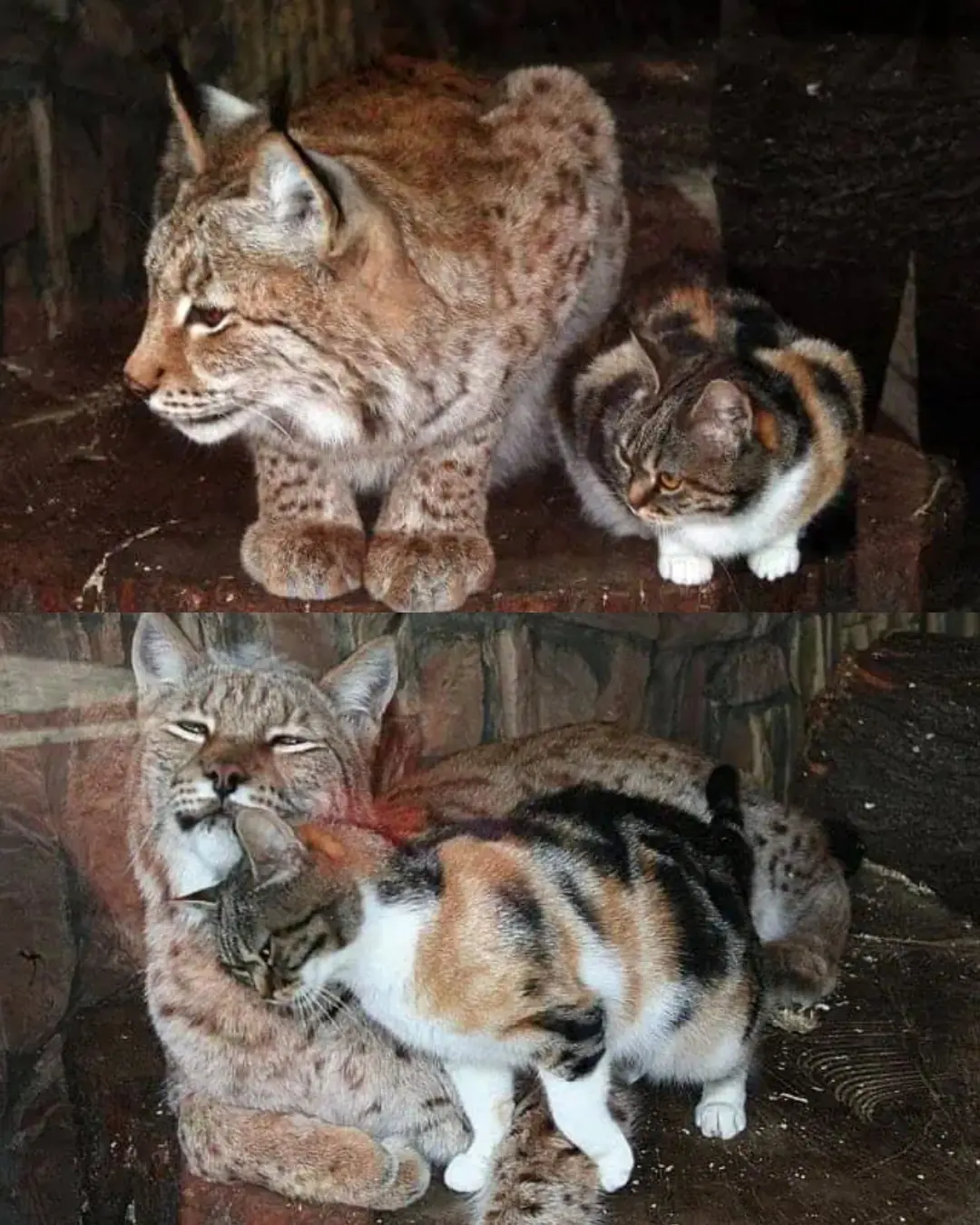
The Cat Who Befriended a Lynx: A Wild Lesson in Unlikely Love.

💧 6 Natural Beverages to Keep Your Kidneys Healthy

Phyllanthus Acidus: In 30 Days – Unexpected Hair Growth

Top 5 vitamins to supercharge circulation in your legs & feet

How To Make Alkaline Water To Fight Fatigue, Digestive Issues And Cancer
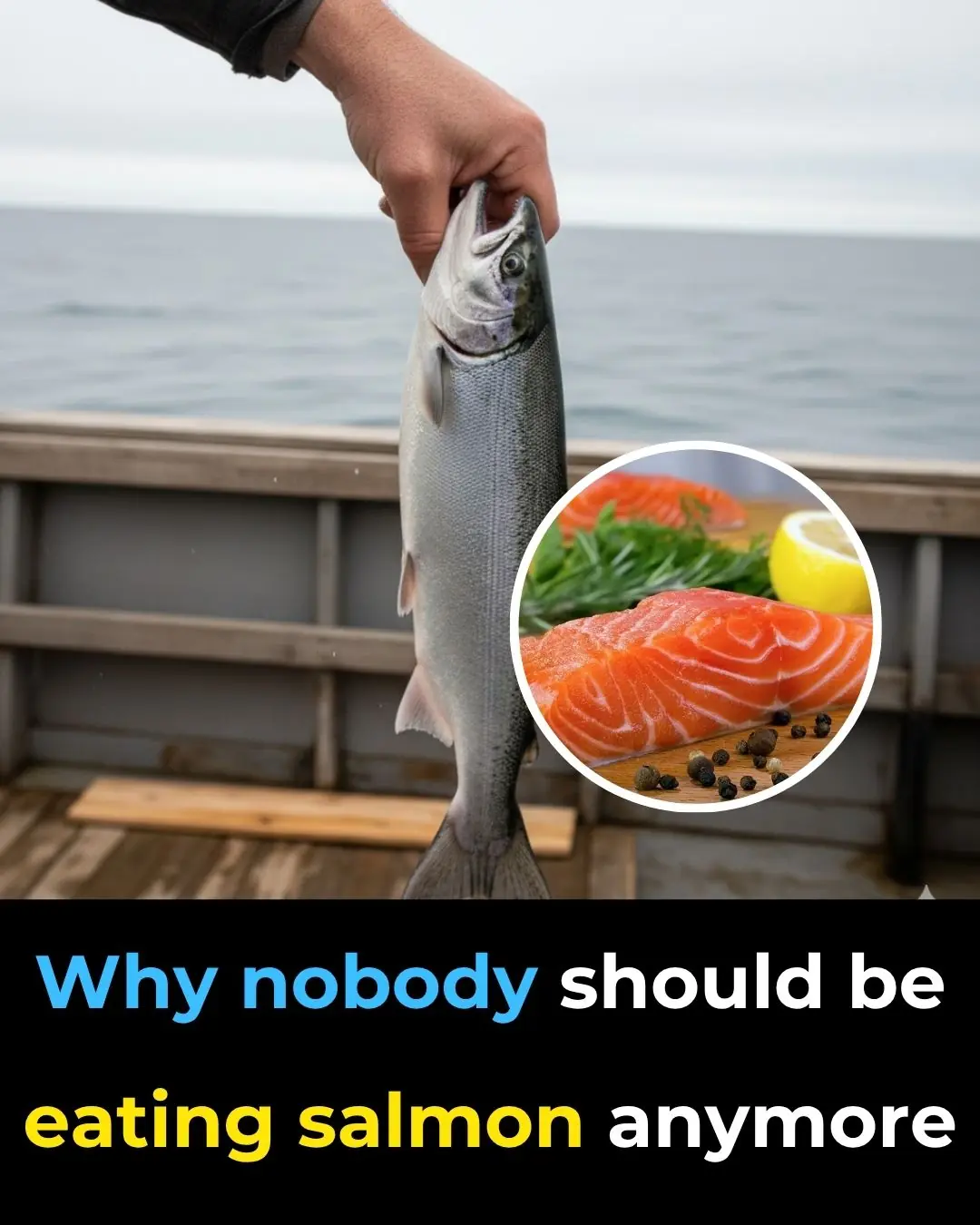
Why Nobody Should Be Eating Salmon Anymore

‘Start Talking Like This, They Lost Their Hunger ‘: Bills Fans Panic. Slumping Josh Allen Says Wife Hailee Steinfeld Taught Him He’s More Than A NFL Player

Husband Sings Passionate Rendition of Al Green’s Let’s Stay Together for Wife’s Birthday

DIY Survival Water Filter – How to Make Clean Drinking Water Anywhere

Red Onion for Hair Growth: How This Overlooked Natural Remedy Can Stop Hair Fall and Boost Thickness Fast

The Gentle Lion Who Just Wanted a Hug.

The Night Japanese Fans Taught the World a Lesson in Respect.
